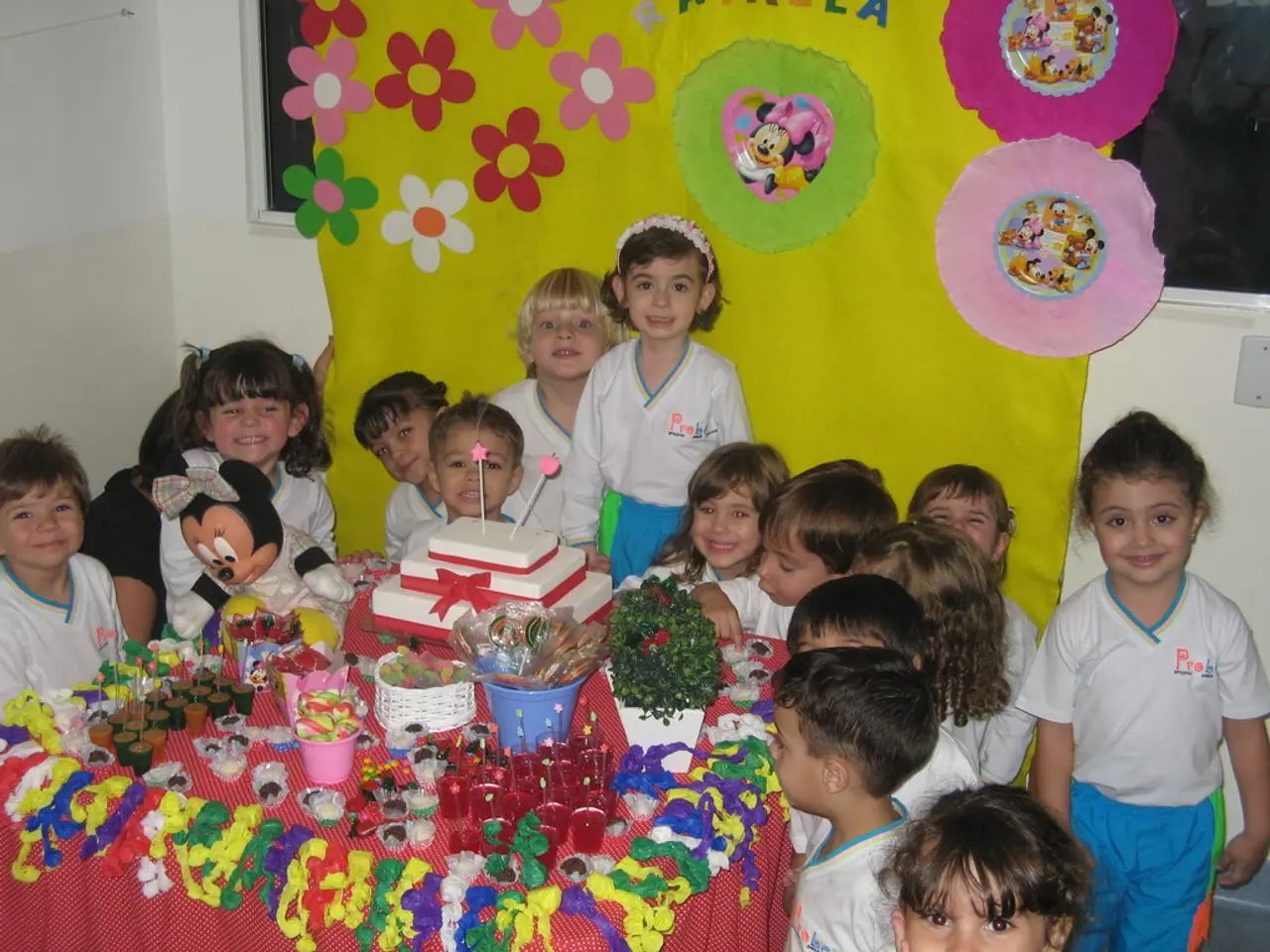Simple Density Exercises and Tips for Children's Learning
================================================================
Discover the fascinating world of density with these simple and captivating experiments designed for kids! These activities, based on the principles of mass, volume, sinking, and floating, will help children understand the concept in a hands-on and engaging way.
First, let's clarify what density means: it refers to the amount of mass an object occupies within a specific space. In other words, a denser object has more mass packed into the same volume compared to a less dense object.
One of the easiest ways to demonstrate density is through the Hot and Cold Water Experiment. Fill a clear container with cold water coloured with food colouring, then gently add hot water on top without mixing. Kids will observe how the denser cold water stays at the bottom, while the less dense hot water floats on top, showing how temperature affects density.
Another engaging experiment is the Density Tower. Layer different liquids such as corn syrup, coloured water, and vegetable oil in a clear jar. Each liquid floats on the one denser than itself, creating colourful layers. Dropping small objects like a marble or marshmallow helps kids see which sink or float, illustrating varying densities of liquids and solids.
A fun and educational activity is the Floating Egg in Saltwater. Put a raw egg in plain water (it sinks) and then in salty water (it floats) to demonstrate how salt increases water density, making the egg buoyant.
For a more visually striking demonstration, try the Density Rainbow. Similar to the density tower but involving layering liquids of different densities with food colouring to create a visible colourful rainbow effect.
These experiments use household materials like vegetable or sunflower oil, water, food colouring, washing up liquid, honey, golden syrup, and LEGO or other small objects. They are easy to set up, provide clear visual evidence of density differences, and are accessible and engaging for children.
By performing these experiments, kids will learn that a heavy ball can be made to float by adding bubble wrap to make it less dense, and that solid substances are denser than their liquid and gas counterparts due to the particles being more closely packed together. They will also discover that a LEGO brick floats on water but sinks through oil, while a coin sinks through both.
For those looking to delve deeper into science, the article recommends two science books: "This Is Rocket Science" and "Snackable Science". Additionally, the article mentions hundreds of other fun and exciting science experiments for kids on the website.
So, grab your materials, and let's dive into the world of density! Happy experimenting!
Footnotes:
[1] Source: https://www.sciencekids.co.nz/experiments/density.html [2] Source: https://www.sciencebob.com/experiments/density-tower-experiment [3] Source: https://www.sciencebob.com/experiments/density-tower-experiment [4] Source: https://www.sciencebob.com/experiments/density-rainbow-experiment [5] Source: https://www.sciencebob.com/experiments/floating-egg-in-saltwater-experiment
- Performing the Hot and Cold Water Experiment helps kids understand how temperature affects density.
- The Density Tower experiment allows children to visually observe how different liquids float on top of each other based on their densities.
- The Floating Egg in Saltwater activity demonstrates how salt increases water density, making the egg buoyant.
- The Density Rainbow experiment provides a visually striking demonstration of density differences with food coloring.
- These experiments use household items like vegetable oil, water, food coloring, and LEGO blocks, making them accessible and engaging for kids.
- By performing these experiments, children will learn that a heavy ball can be made to float by adding air (such as bubble wrap) to make it less dense.
- For those seeking more in-depth learning, the article suggests two science books, "This Is Rocket Science" and "Snackable Science," and hundreds of other science experiments on various topics like fitness-and-exercise, education-and-self-development, and health-and-wellness.




